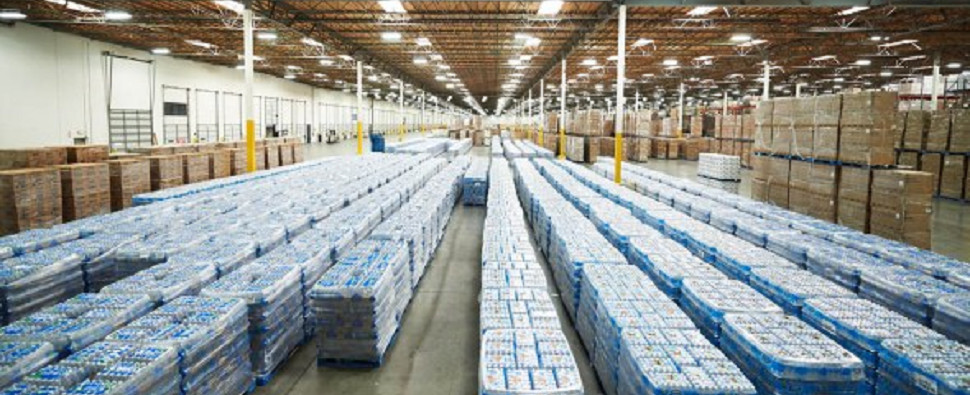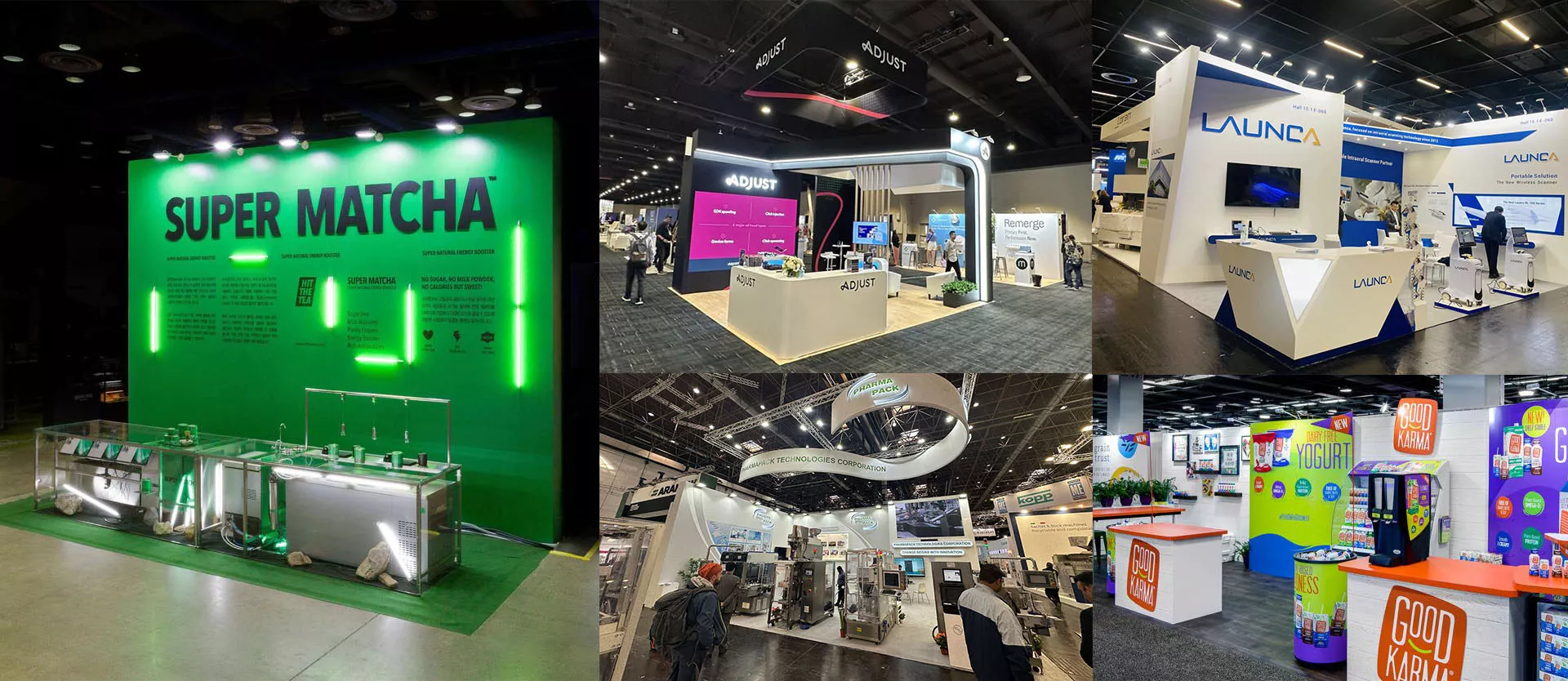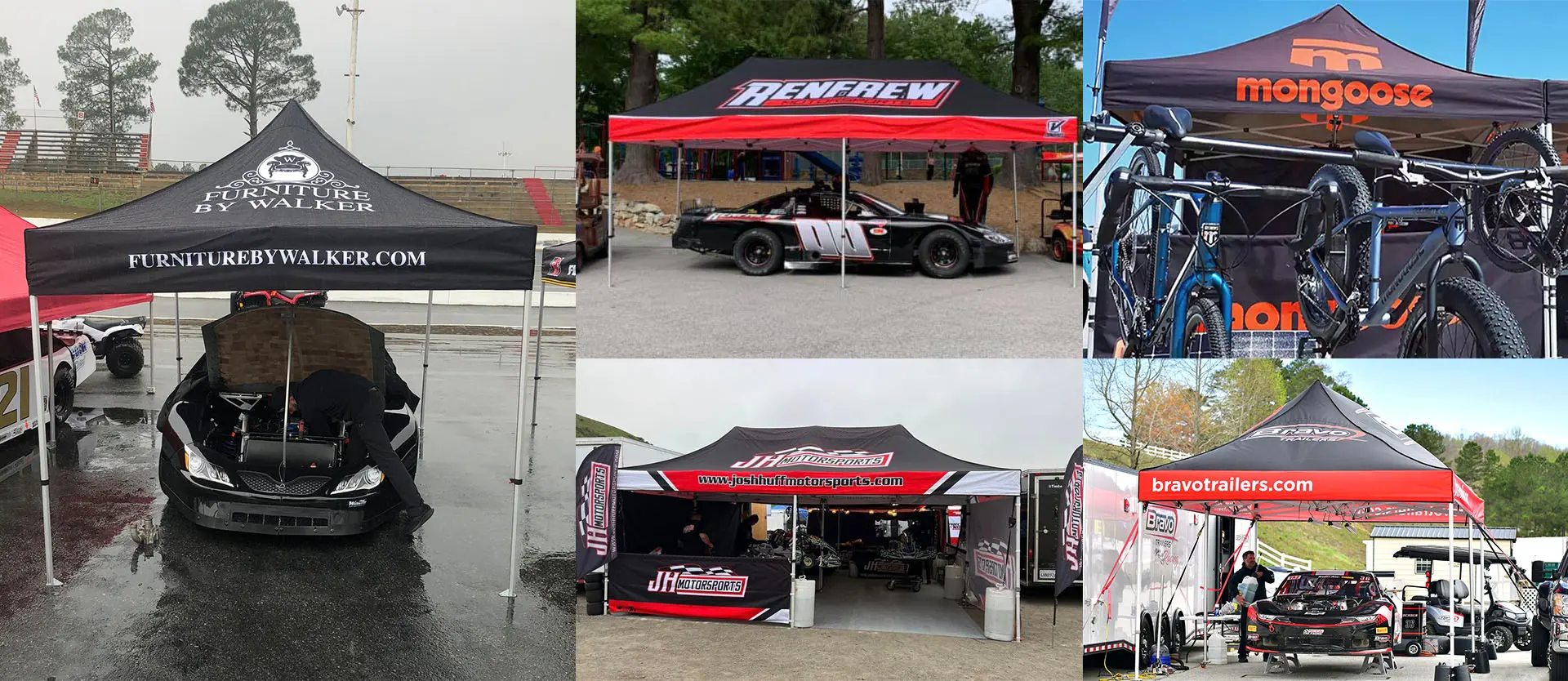
The refrigerated freight industry has become the fastest growing industry at North American ports, driving new investment in cold storage facilities. Speaking at the American Association of Port Authorities annual meeting, industry leaders highlighted the surge in refrigerated cargo and the need to replace outdated infrastructure to accommodate this high-margin market.
Also Read: Refrigerated Logistics Lands on Nasdaq
As many cold storage facilities in North America age (more than half are over 40 years old), operators such as Cold Summit Development are taking the lead in replacing inefficient facilities with modern port warehouses. “Most existing cold storage facilities require upgrades to meet today’s design and cooling efficiency standards,” explains Eric Casey, executive vice president of Cold Summit.
The Port of Wilmington, North Carolina, exemplifies this trend, with a new cold storage development designed to balance local cargo flows. Brian Clark, executive director of the North Carolina Ports, noted the port’s strategy to support import and export needs, handling everything from exporting poultry to importing agricultural products into the mid-Atlantic region.
These cold storage projects not only make better use of port land, but also bring quick returns to investors, with investment payback periods as short as three to four years. Additionally, as refrigerated cargo continues to grow at 6-8% annually, the refrigerated container boom will redefine cold chain infrastructure across North America, catering to changing consumer preferences and increasing port revenue in the process.











Leave a Reply Cancel reply
You must be logged in to post a comment.